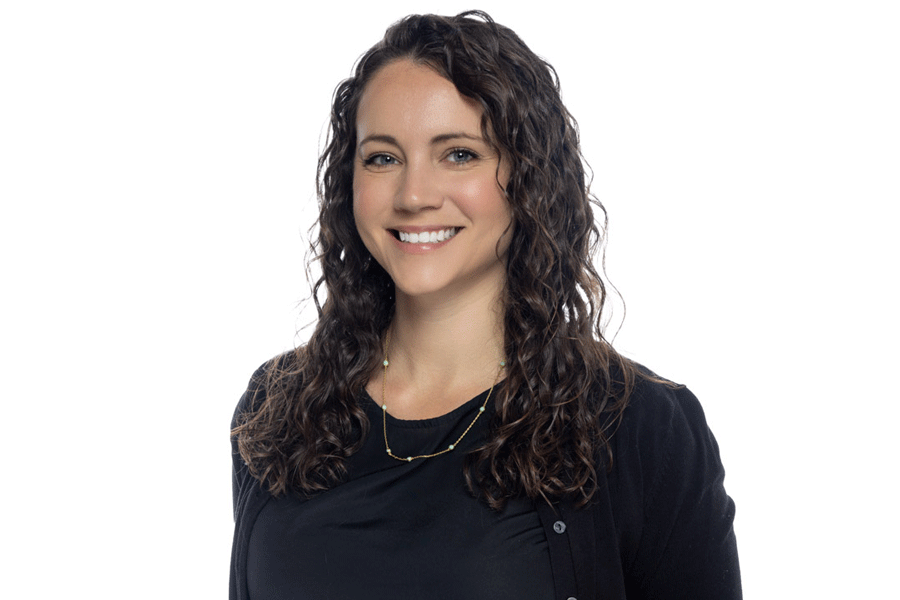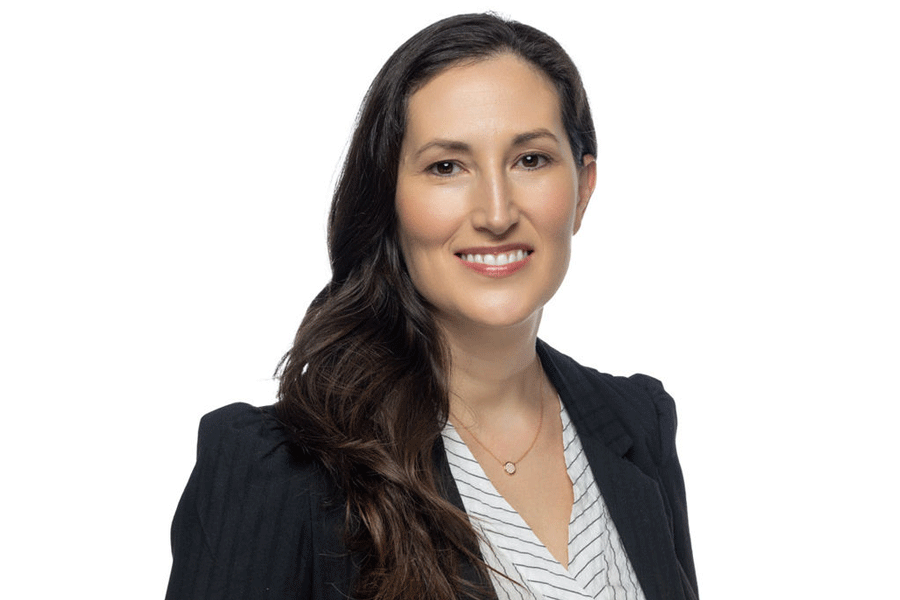In celebration of International Women’s Day, WJA has taken the opportunity to shine a spotlight on a few of the inspiring women who elevate our company with their unique perspective, talent, and drive. Here, leaders from different roles within WJA share their biggest inspirations, what led them toward a career in the architecture industry, and advice for future generations.
Lisa Wannemacher, AIA – Founder
St. Petersburg, FL
What female architect inspires you?
Julia Morgan. She was the first registered female architect in California, but for me, was most inspiring for being able to work successfully with one of the biggest egos of the day, William Randolph Hearst.
What is one piece of advice you’ll give to all women in architecture?
Do the things in life that make you happy, love the person who makes you laugh, and practice architecture in a way that makes you proud.
When did you first become interested in architecture as a possible career?
Junior year in high school following an extensive, multi-question interest survey given to me by the Guidance Counselor. The career of architecture scored at the top or near the top in every one of the 20 areas of focus. It has truly been my dream “job.” Prior to the interest survey, I wanted to be a pediatrician – and I probably would have hated it.
Can you tell us about the accomplishments in your career path?
Creating and maintaining an architecture firm through the challenges, setbacks, joys and delights of the past 28 years sometimes means knowing when to step aside and allow talented individuals around you, the room to grow.
Hannah Ambrose, AIA – Director of Operations
St. Petersburg, FL

As women in leadership at WJA, how do you provide an environment for all to thrive?
We understand that our coworkers aren’t just designers or project managers, they’re people with a variety of life circumstances, family responsibilities, and career goals. We’re also strong believers in investing in our employees and helping them grow within the organization. Have a goal? Share it with us! It’s our job to help you get there.
Why did you decide to go through the licensing process?
Getting licensed isn’t easy, and it isn’t for everyone, but I knew that holding my own architecture license would give me additional credibility in the field and in going after projects. I highly recommend that anyone who is serious about moving up in their career get licensed—it shows you have a deeper understanding of our profession and that you have the tenacity to reach your goals. I learned so much about the intricacies of our practice (and much about myself!) in the licensure process.
Natalia Livian, AIA – Miami Studio Director
Miami, FL

How did the diversity of your university classes compare to diversity of the firms you have worked at?
In the beginning of my architecture education, the ratio of genders was very unbalanced. I remember noticing a strong male presence and very little ethnic diversity. After starting my career and working for over a couple of decades, the gender disparity has equalized. I have been fortunate to have had the opportunity to work with great individuals of different genders and ethnicities. I think it is an enormous benefit to have a balanced work environment of different kinds of people from different walks of life. I strongly believe it is our differences that help us evolve and, ultimately, improve the level of design which propels the field of architecture forward.
Why did you decide to go through the licensing process?
For me, there was no question that I needed to get my architecture license. Since I was 13 years old, I knew I wanted to be an architect. Getting licensed was always the final step to achieving that goal, or so I thought. Being an architect is a never-ending endeavor and… I have come to discover the reason why I wanted to become one in the first place so many years ago. There is always more to learn and always something new to create.
Kelsi Thrasher– Project Manager
St. Petersburg, FL
How did you get your first project/ How did you feel about leading your first project?
It was at the very first firm I worked for after graduating, they were a smaller company and gave me every opportunity to grow and learn quickly. They tasked me to lead a small renovation project with a long-standing client after only two years of interning. I was given the support to succeed, and the project resulted in a quality end-product with a happy client. Being given that opportunity made me feel that I proved to my firm and myself that I could take on any challenge that came my way. It grew my confidence as a young designer, and I felt I could only go up from there!
What is your favorite part about being a woman at WJA?
I would say that it’s being a part of the community here. It’s very rare (in my previous experience) that women are more than 10-20% the staff. Representation matters and seeing that in your own office and being part of that goes a very long way. It is one of the reasons I applied to work for WJA and am so glad I’m here with all these inspiring women.
Lorena Martinez, ID – Interior Designer
Miami, FL
Do you have any suggestions or insights for the incoming generation(s) of architects?
You need to love what you do and let your imagination be your guide. Trust yourself even if it doesn’t make sense at the time.
Do you have a female mentor in the industry / do you have a female who’s career you admire?
I’m an admirer of Zaha Hadid. She is an artistic inspiration and I admire her imagination, strength, and boldness to make her visions into reality.
Mary Hardin – Accounting and Office Manager
West Palm Beach, FL
As women in leadership at WJA, how do you provide an environment for all to thrive?
The merger of SBA to WJA was an eye opener for me. A successful architectural firm like WJA is known for their unique design ideas, but an accurate time and expense/ accounting system needed to be incorporated into the firm’s financial structure to successfully meet the needs of a firm at this caliber. Utilizing my experience, we implemented a successful financial and accounting system specifically addressing the requirements of an architectural firm. I encouraged WJA to adopt this system on a company wide basis. As a project-oriented organization, this system allows the company to manage resources and employee data simply and effectively and creates an environment for all to thrive.
What is your favorite part about being a woman in the A/E/C industry?
My favorite part about being a woman in the A/E/C industry is being a part of an exciting, young, and vibrant office culture. I enjoy having the opportunity to see the well-thought-out and amazing projects that come through this office, from start to finish. The recognition that WJA receives from its peers in the design and completion of a wide range of projects makes me honored to be a part of this company and industry.









